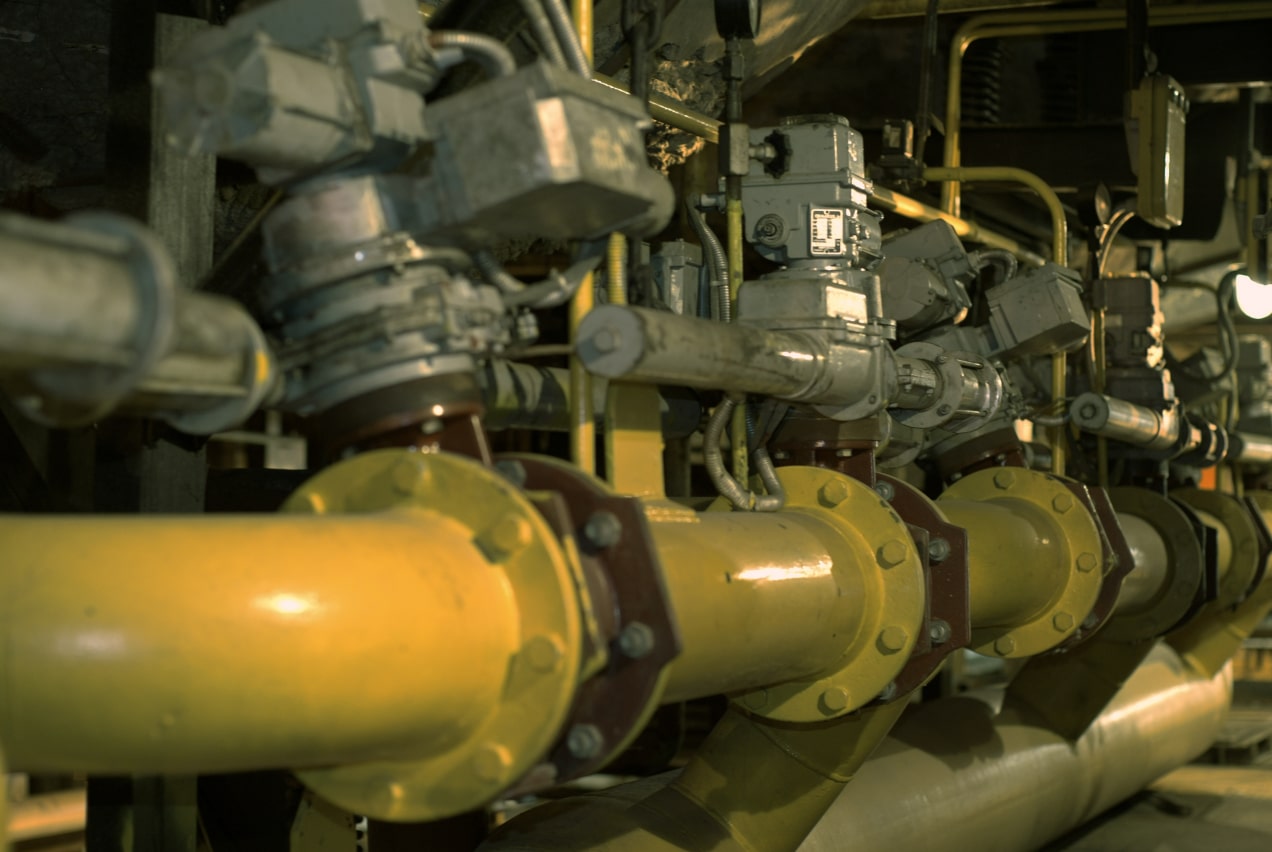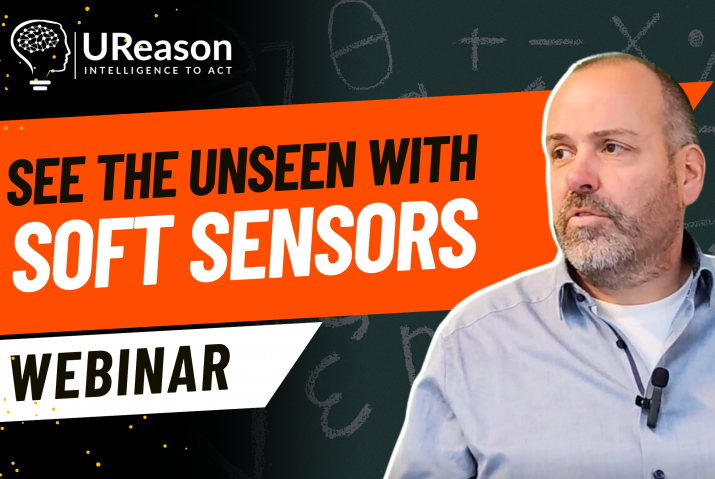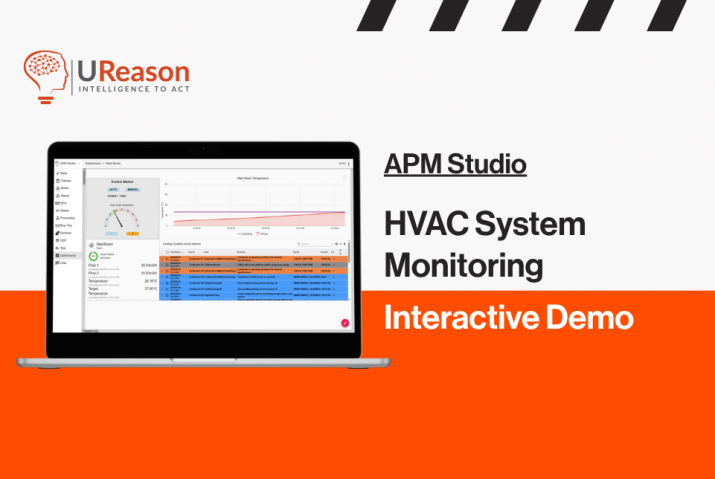Solenoid valves are commonly used in various applications to control the flow of liquids or gases. Like any mechanical or electrical device, solenoid valves can experience failure modes or issues over time. Some common failure modes of solenoid valves include:
1. Valve Stuck Closed (Fail-Safe Closed):
- In this failure mode, the solenoid fails to open the valve when it should, resulting in a closed or blocked flow path. This can occur due to debris or foreign material obstructing the valve’s internal components, or it might be caused by a malfunction in the solenoid coil or armature.
2. Valve Stuck Open (Fail-Safe Open):
- This is the opposite of a valve stuck closed. The solenoid fails to close the valve when it should, allowing a continuous flow of fluid or gas. This can be caused by a failure in the solenoid coil or armature, or it may result from a damaged valve seat or seal.
3. Leakage:
- Solenoid valves can develop leaks over time due to wear and tear on the sealing components, such as O-rings or gaskets. Leaks can also occur if the valve seat becomes damaged or if excessive pressure or temperature is causing the valve to fail.
4. Coil Burnout:
- Solenoid coils generate heat when energized. If a solenoid valve remains energized for extended periods or if it experiences voltage spikes, the coil can overheat and burn out. This can lead to the valve not functioning at all.
5. Voltage or Electrical Power Supply Issues:
- Electrical problems, such as loose connections, damaged wires, or incorrect voltage, can prevent the solenoid valve from functioning properly. This can result in intermittent operation or complete failure.

6. Inadequate Flow:
- Solenoid valves have a specified flow rate, and if the demand for flow exceeds this rate, it can lead to inadequate performance. In such cases, the valve may not fully open or may struggle to maintain the desired flow.
7. Contamination:
- Contaminants like dirt, scale, or corrosion can accumulate within the valve’s internal components, leading to reduced performance or valve failure. Regular maintenance and cleaning can help prevent this issue.
8. Mechanical Wear:
- Over time, the moving parts of a solenoid valve, such as the armature and valve stem, can experience wear and tear, affecting the valve’s ability to open and close properly.
9. Temperature and Pressure Extremes:
- Solenoid valves have specified operating temperature and pressure ranges. Exposing them to conditions outside these ranges can cause malfunction or damage.
10. Erosion or Cavitation:
- In applications where high-velocity fluid flows are present, erosion or cavitation can occur, causing damage to the valve components and reducing its lifespan.
To prevent and address these failure modes, it’s essential to follow proper maintenance practices, including regular inspections, cleaning, and replacing worn-out components. Additionally, selecting the appropriate solenoid valve for the specific application and ensuring proper operating conditions can help minimize the risk of failure.
Up Next: Mapping Control Valve Failure Modes to an FMEA
Get Full Access to Expert FMEA Insights
A structured approach to analyzing risks and ensuring better valve performance.








